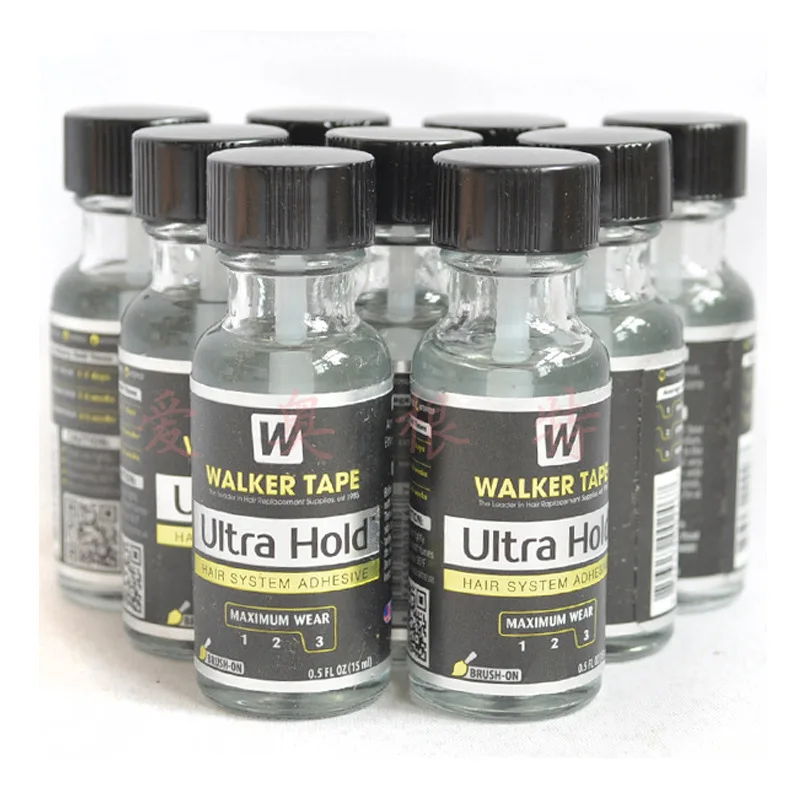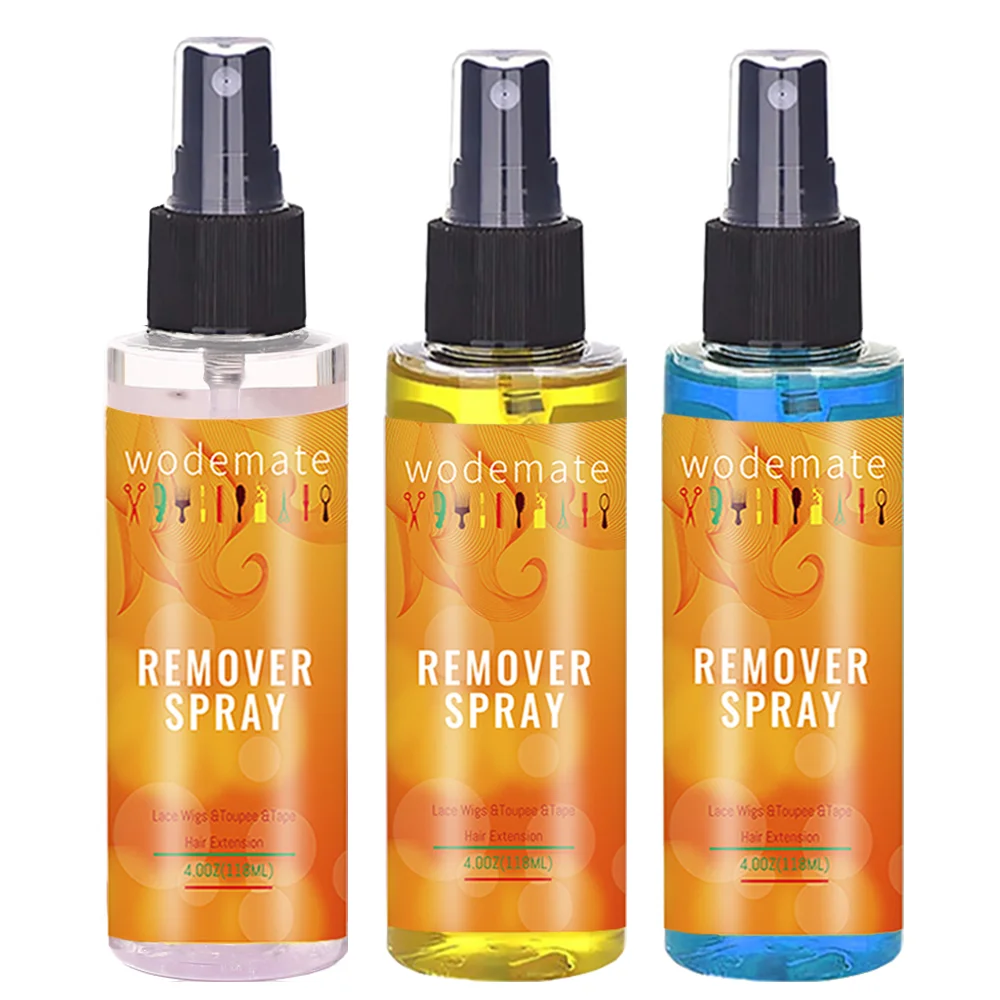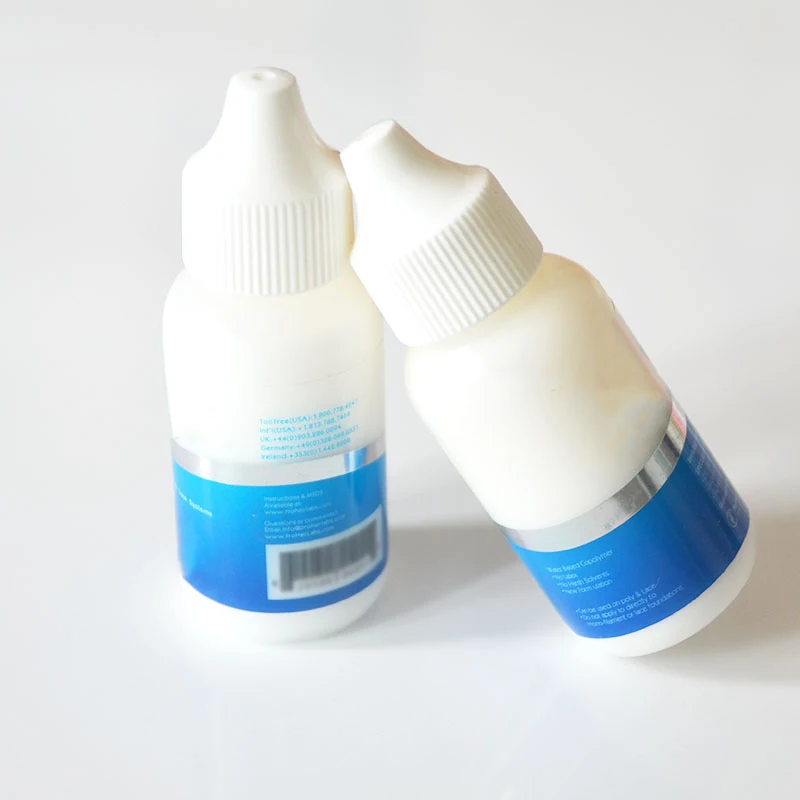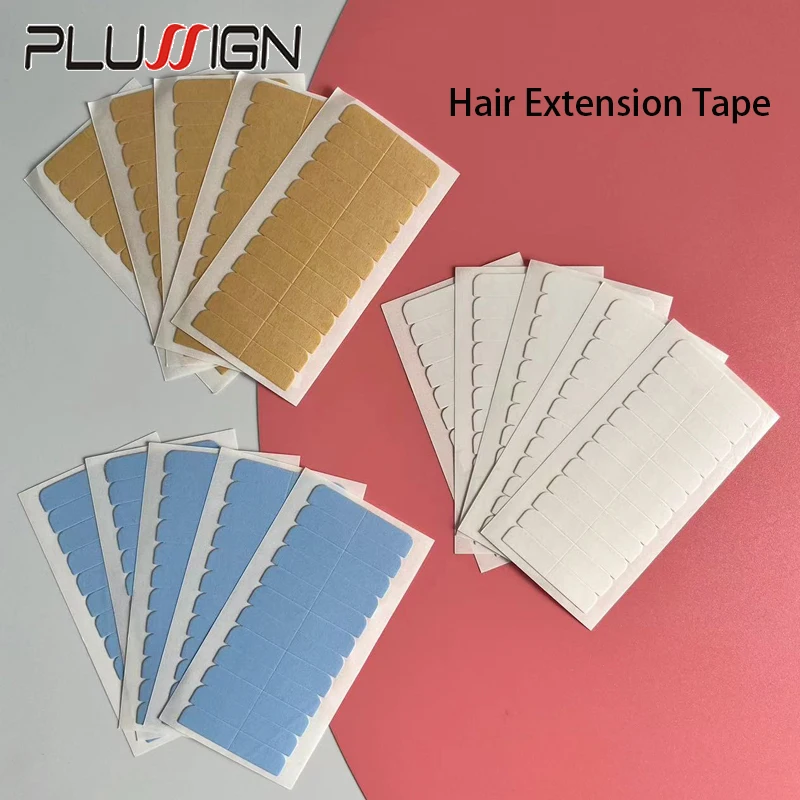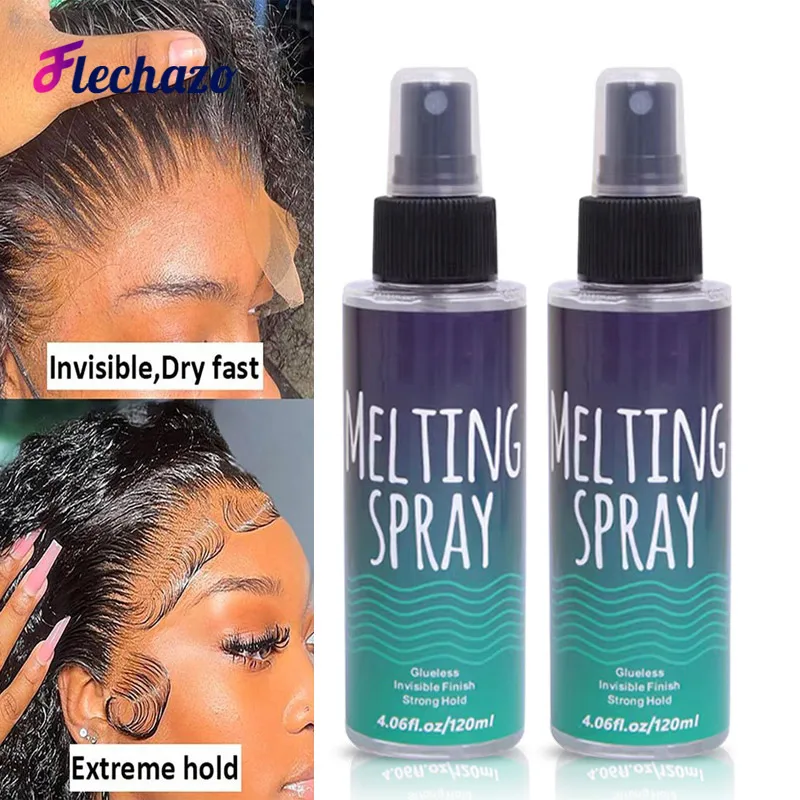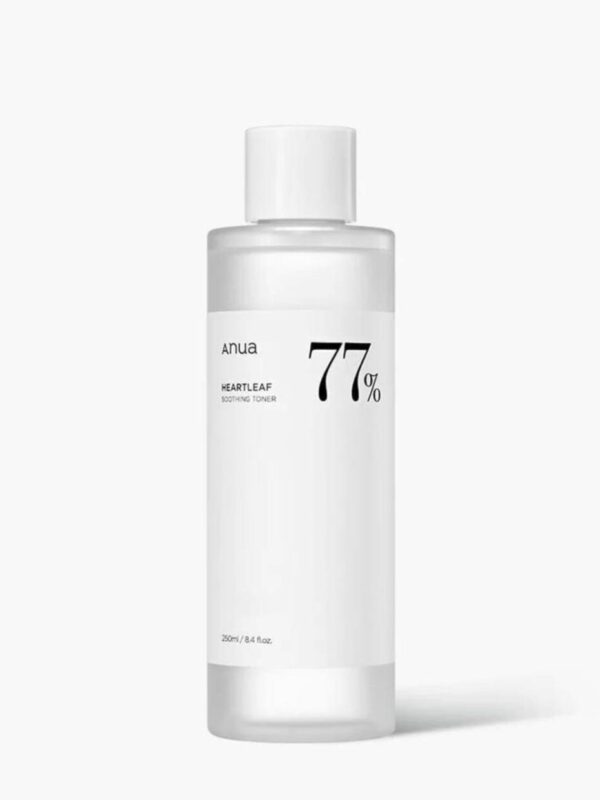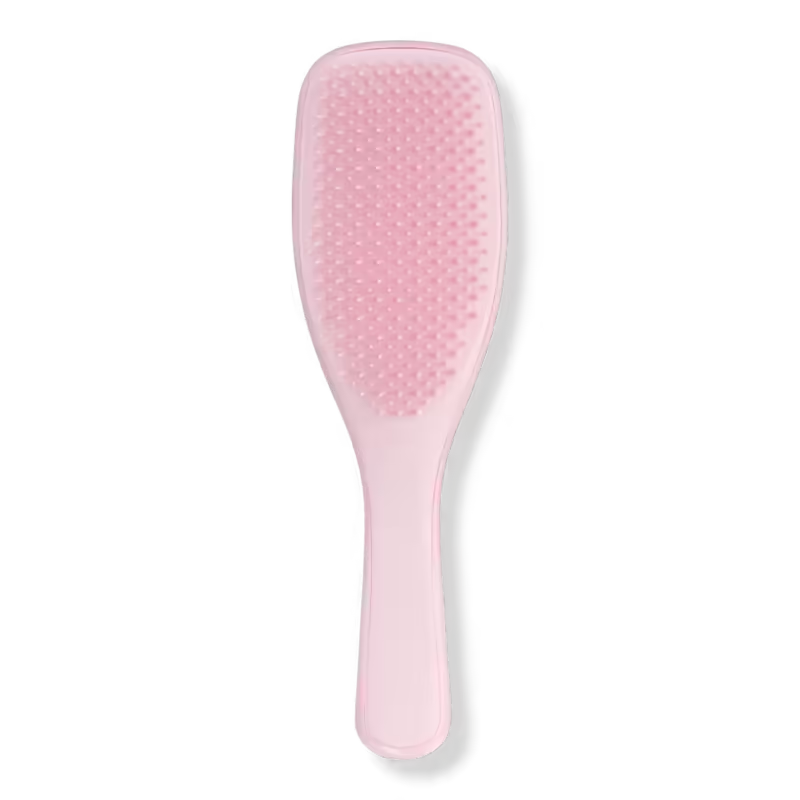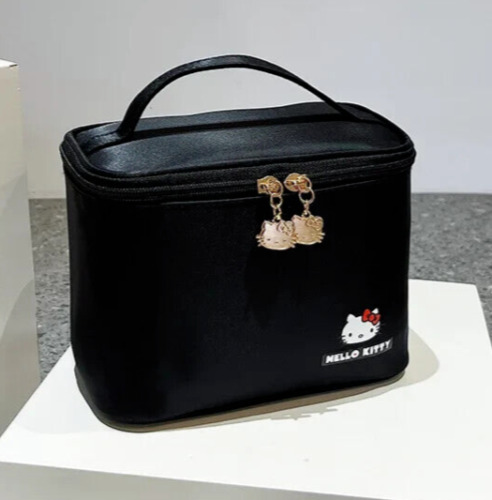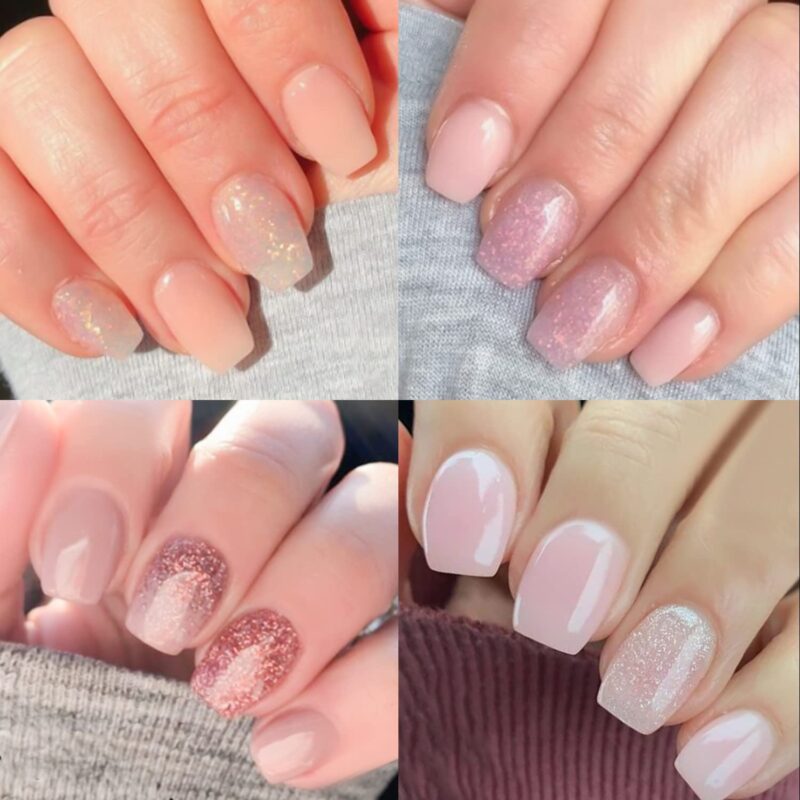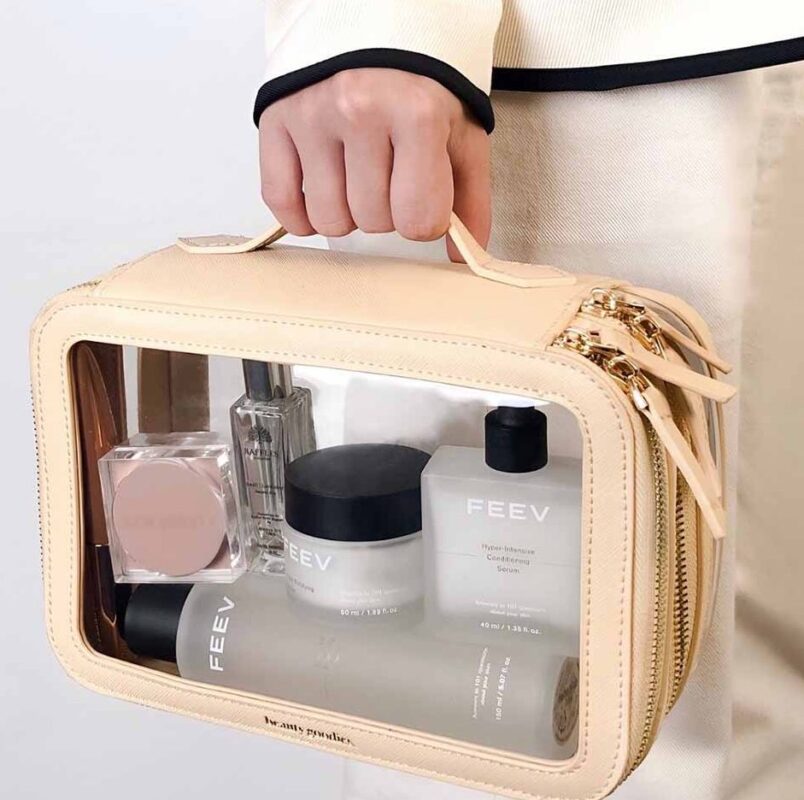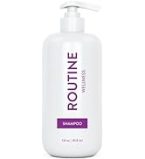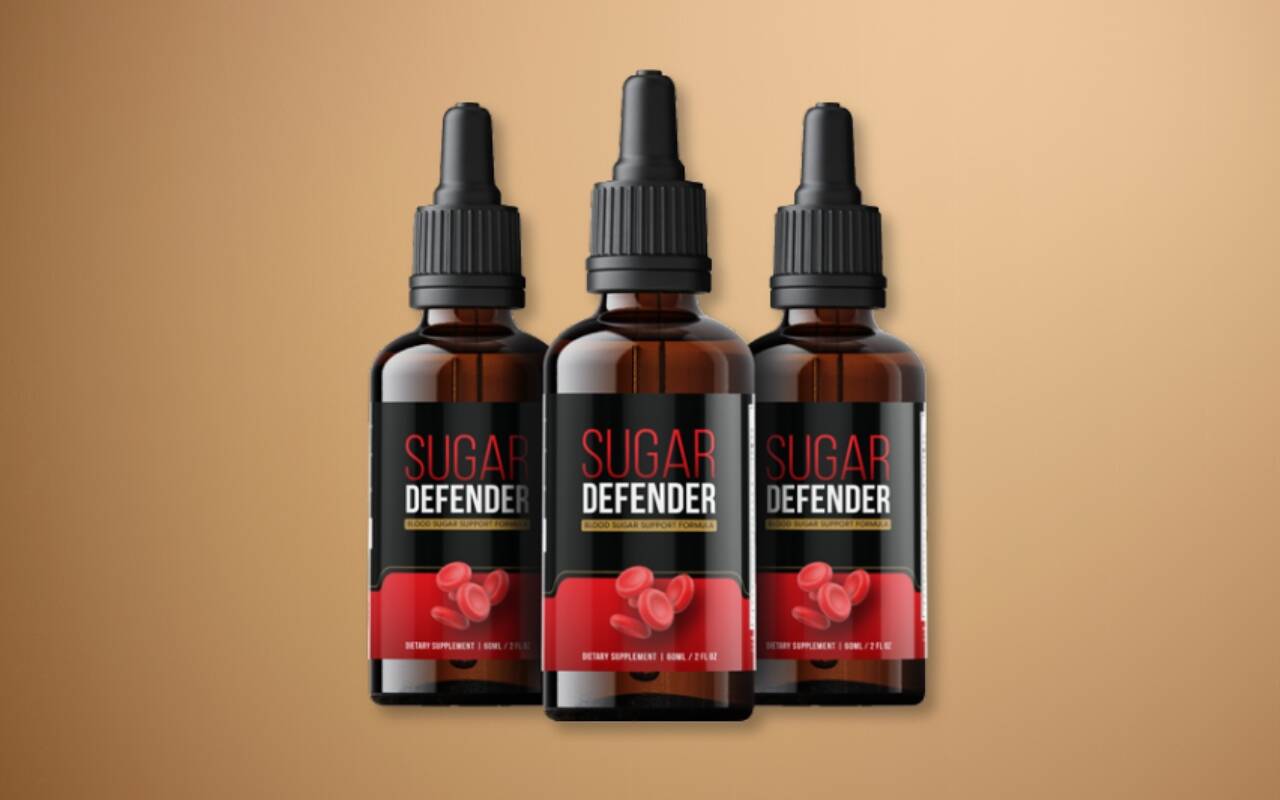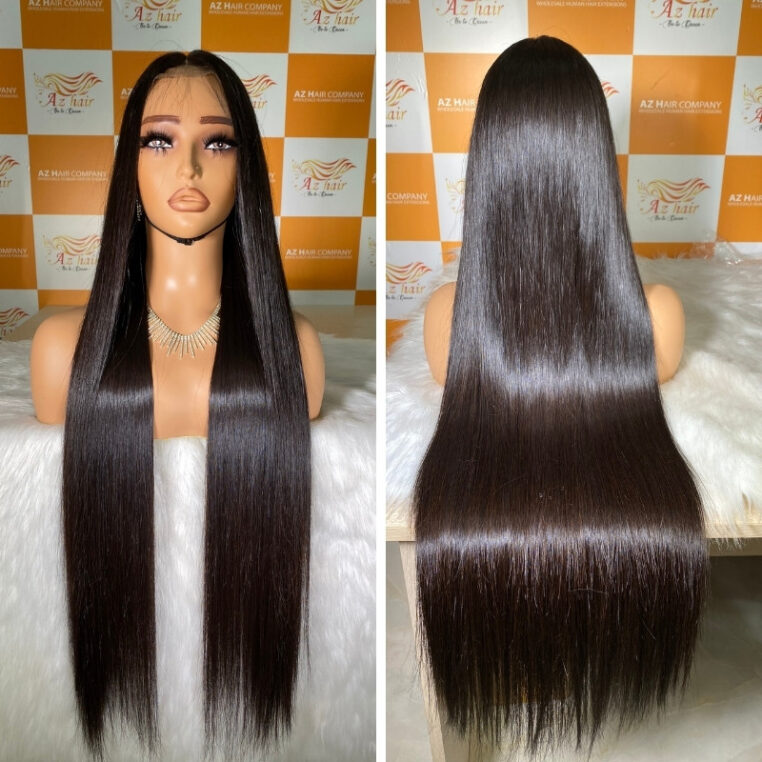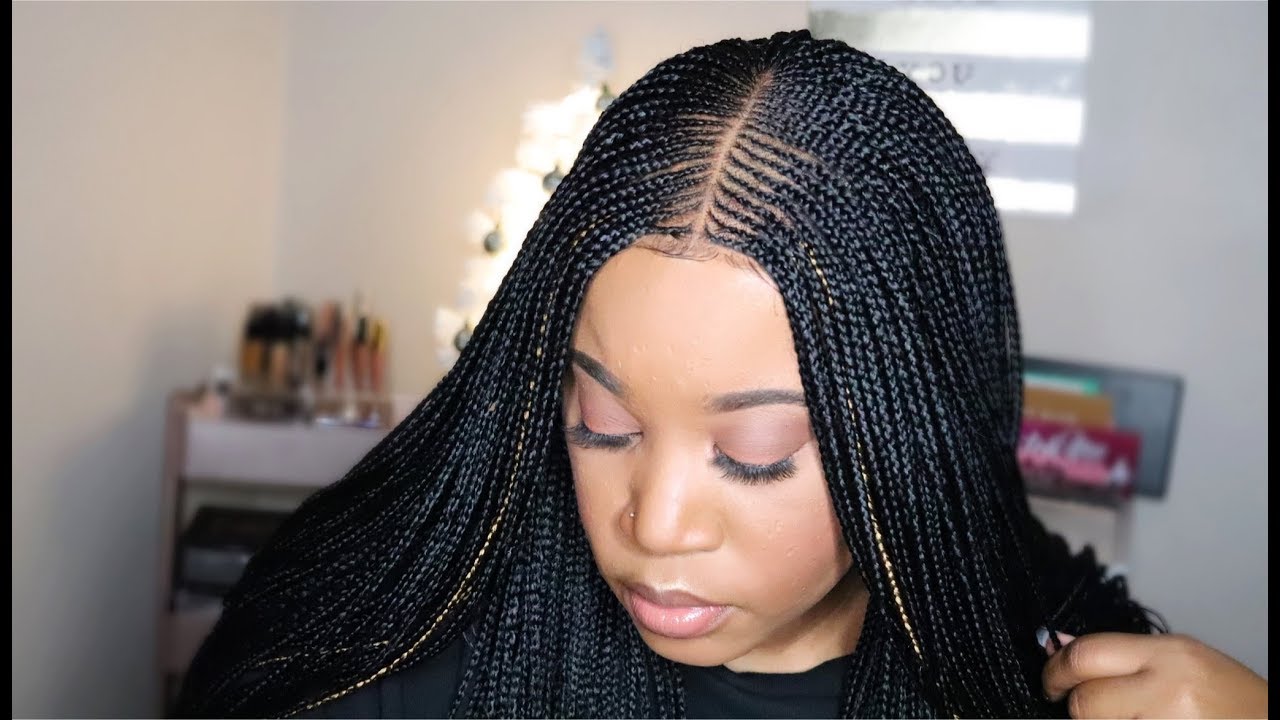Best Lace Wig Glue for Long-Lasting Hold: A Comprehensive Guide
Imagine spending hours perfecting your hairstyle, only to have your lace wig slip and slide throughout the day. Frustration, embarrassment, and a constant battle with insecurity can quickly dampen your confidence. The search for the perfect lace wig glue becomes a relentless pursuit. Fear not, wig wearer! You’re not alone. Countless women and men grapple with the same challenges.
The right lace wig glue is the cornerstone of a flawless look. It’s the unsung hero that holds your style in place, giving you the freedom to live life without worry. In this comprehensive guide, we’ll delve into the world of lace wig glues, exploring different types, application techniques, and removal methods. We’ll uncover the secrets to achieving a long-lasting hold while maintaining the health of your scalp. Get ready to transform your wig-wearing experience and embrace a new level of confidence.
Types of Lace Wig Glue
Choosing the right lace wig glue is the first step towards achieving a flawless look. With various options available, understanding the differences is crucial for making an informed decision.
Liquid lace wig glue
is a popular choice for its strong hold and versatility. It comes in different viscosities, allowing you to select the one that best suits your hair and scalp type. Liquid glue offers precise application, enabling you to create a natural hairline. However, it requires careful application and removal to prevent damage to the scalp and hair.
Lace wig adhesive
is another option that provides a secure bond. It often comes in a tube or applicator, making it easy to use. While not as strong as liquid glue, it offers a comfortable wear and is generally gentler on the scalp. Adhesive can be a good choice for beginners or those with sensitive skin.
Lace wig tape is a double-sided adhesive that is applied to the lace of the wig. It’s a popular choice for its ease of application and removal. Tape offers a secure hold but may not be as strong as liquid glue or adhesive. It’s ideal for those who prefer a temporary solution or have a delicate scalp.
Each type of glue has its own advantages and disadvantages. The best choice ultimately depends on your individual needs and preferences. Consider factors such as your hair type, desired hold, and skin sensitivity when selecting the right product.
Factors to Consider When Choosing Lace Wig Glue
Selecting the perfect lace wig glue involves careful consideration of several factors to ensure a secure and comfortable fit. Understanding your unique needs is essential for finding the ideal product.
Skin Type
Your skin’s natural oils and moisture levels can significantly impact the performance of lace wig glue. Individuals with oily skin may require a stronger hold to prevent slippage, while those with dry skin should opt for a gentler formula to avoid irritation. It’s crucial to choose a glue that complements your skin’s characteristics to achieve optimal results.
Wig Type
The type of wig you wear also influences your glue selection. Lace front wigs, full lace wigs, and closures have different attachment areas and require varying levels of hold. Additionally, the weight and density of the wig can affect the glue’s performance. Consider these factors to find a glue that provides adequate support for your specific wig style.
Desired Hold
Your desired level of hold is another important consideration. If you need a long-lasting bond for active lifestyles or humid conditions, a strong-hold glue is necessary. However, for everyday wear or those with sensitive skin, a gentler formula may be preferable. Assessing your daily activities and comfort preferences will help you determine the appropriate hold strength.
Budget
Lace wig glues come in a wide range of prices. It’s essential to establish a budget before making a purchase. While high-end products often offer superior quality and performance, there are also affordable options available that can deliver satisfactory results. Consider your priorities and financial constraints when selecting a glue.
By carefully evaluating these factors, you can choose a lace wig glue that meets your specific needs and enhances your overall wig-wearing experience.
How to Apply Lace Wig Glue
Proper application of lace wig glue is essential for achieving a secure and natural-looking hold. Follow these steps for optimal results.
Preparation of the scalp
Before applying glue, it’s crucial to prepare your scalp for optimal adhesion. Cleanse your scalp thoroughly with a gentle shampoo and conditioner to remove any oils or product buildup. Ensure your scalp is completely dry before proceeding. You may also consider using a scalp cleanser or alcohol-based prep spray to remove excess moisture and create a clean base for the glue.
Application techniques
There are different methods for applying lace wig glue, depending on your preference and the type of glue you’re using. Some people prefer to apply the glue directly to the scalp, while others apply it to the lace of the wig. It’s essential to follow the specific instructions provided by the glue manufacturer. Use a fine-tipped applicator or brush to apply a thin, even layer of glue along the hairline and desired bonding area. Avoid applying too much glue, as this can cause irritation and damage to the scalp.
Drying time
Allow the glue to dry completely before attaching the wig. Drying time varies depending on the glue type and thickness of the application. It’s essential to wait until the glue becomes tacky but not completely dry. Rushing this step can result in a weakened bond and premature slippage.
Securing the wig
Once the glue is dry, carefully position the wig on your head and press firmly along the hairline. Use a blow dryer on a cool setting to set the glue and create a stronger bond. Allow the wig to dry completely before styling or handling it. It’s important to avoid touching or manipulating the wig until the glue has fully cured to prevent displacement.
Lace Wig Glue Removal
Removing lace wig glue without damaging your scalp and hair is crucial for maintaining hair health. Proper removal techniques are essential to prevent irritation and hair loss.
Gentle removal methods
There are several gentle methods to remove lace wig glue. Olive oil is a popular choice for its moisturizing properties. Apply a generous amount of olive oil to the hairline and gently massage it into the glue residue. Allow the oil to sit for a few minutes before gently removing the glue with a cotton pad or soft cloth. Coconut oil and baby oil can also be used as effective removal agents. Additionally, commercial lace wig glue removers are available, specifically designed to dissolve the adhesive without harming the scalp.
Avoiding scalp damage
To prevent scalp damage during glue removal, it’s important to be gentle and patient. Avoid pulling or tugging at the wig or your hair. Use a gentle circular motion when massaging the oil or remover into the glue residue. If the glue is stubborn, allow the oil or remover to sit for a longer period before attempting to remove it. Avoid using harsh chemicals or abrasive materials, as these can irritate the scalp and damage hair follicles.
Best Lace Wig Glue for Different Hair Textures
Choosing the right lace wig glue for your hair texture is essential for achieving a natural and secure hold. Different hair types have unique characteristics that require specific glue formulations.
Straight Hair
Straight hair typically lies flat against the scalp, providing a smooth surface for glue adhesion. However, it can be prone to slippage due to its lack of natural hold. A strong-hold liquid glue or adhesive is often recommended for straight hair to ensure a long-lasting bond. It’s important to choose a glue that won’t damage the hair’s delicate structure and maintain its shine.
Curly Hair
Curly hair can be more challenging to bond due to its volume and texture. A gentle yet effective glue is essential to prevent frizz and maintain curl definition. Look for a lace wig glue specifically designed for curly hair or one that offers a flexible hold without sacrificing security. It’s also crucial to prep the hair properly before applying the glue to create a smooth base for adhesion.
Wavy Hair
Wavy hair falls somewhere between straight and curly, requiring a balance of hold and flexibility. A medium-hold glue is often suitable for wavy hair, providing enough support without compromising the hair’s natural movement. It’s essential to choose a glue that won’t weigh down the waves or create an unnatural appearance. Proper application techniques are crucial to achieve a seamless blend between the wig and your natural hair.
Finding the perfect lace wig glue can be a game-changer for your confidence and overall look. By understanding the different types of glue, considering factors like skin type and desired hold, and mastering proper application and removal techniques, you’ll be well on your way to achieving a flawless and long-lasting style. Remember, a well-prepared scalp and gentle care are essential for maintaining a healthy hair and scalp. Experiment with different glues to find the one that best suits your needs. With the right knowledge and products, you can confidently rock your lace wig all day long.





